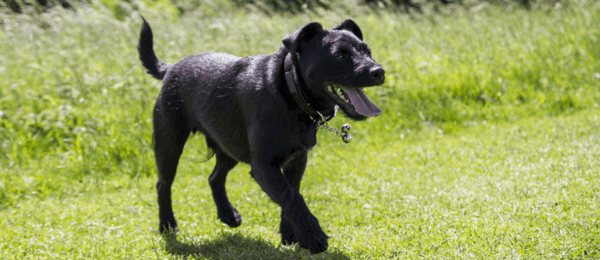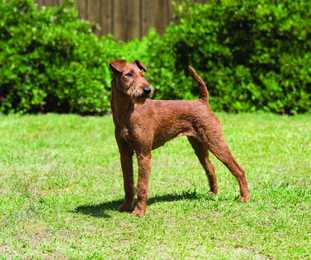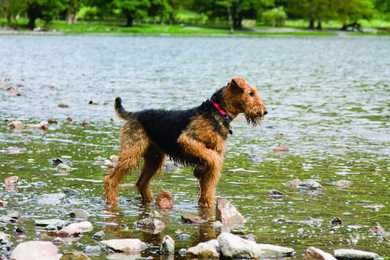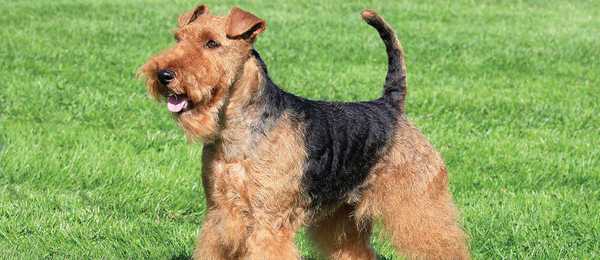
Patterdale Terrier Dogs & Puppies
View Adoptable Pets for This Breed

Traits and Characteristics
type
weight
height
family
This working terrier breed is treasured for his tenacity and courage, not to mention his endless desire to go to ground and his willingness to please. The Patterdale Terrier is sturdy, tough and active with a compact and balanced body. His small, flexible chest allows him to squeeze through tight spaces to pursue quarried vermin, while his strong neck, powerful jaws and teeth help him hold his game at bay.
Ready to see what dogs fit you best? Take our short quiz to find out!
Energy Level
Exercise Requirements
Playfulness
Affection Level
Friendliness to Dogs
Friendliness to Other Pets
Friendliness to Strangers
Watchfulness
Ease of Training
Grooming Requirements
Heat Sensitivity
Vocality
Disclaimer: While the characteristics mentioned here may frequently represent this breed, dogs are individuals whose personalities and appearances will vary. Please consult the adoption organization for details on a specific pet.
Temperament
Eager to please with a hardworking attitude, the Patterdale Terrier is determined, active and courageous with a high prey drive. Affectionate and gentle, he fares well with humans, livestock and other dogs due to his relatively laidback nature. The Patterdale Terrier is intelligent and sensitive, and with plenty of training with positive reinforcement, is a well-behaved companion.
Upkeep
As a true working terrier, the Patterdale Terrier requires plenty of exercise and playtime in a securely fenced yard. His dense, coarse, weatherproof double coat may be smooth, broken or rough, and should be brushed weekly and bathed every couple of months.
Health
- Major Concerns: Conjunctivitis and cataracts
- Minor Concerns: Patellar luxation
- Occasionally Seen: N/A
- Suggested Tests: N/A
- Lifespan: 12 to 15 years
History
The Patterdale Terrier originated in Northern England, having descended from the black, smooth-coated Fell Terrier. The Fell Terrier was used to control vermin that preyed on sheep and were bred to bolt the quarry out of its den. These tough-as-nails hunting characteristics were passed down to the Patterdale Terrier. Today, not only does the Patterdale Terrier continue to excel at hunting, but also in agility and racing. The United Kennel Club recognized the Patterdale Terrier in 1995.


